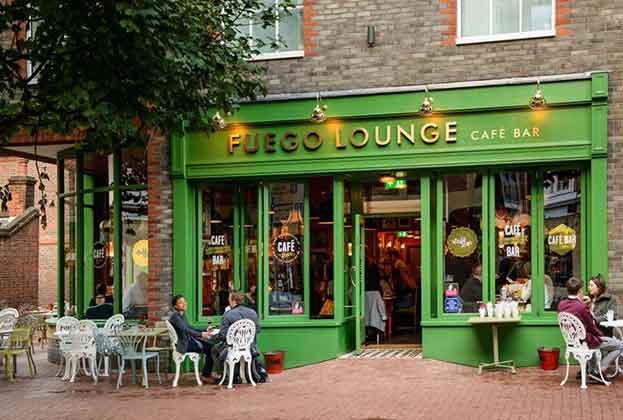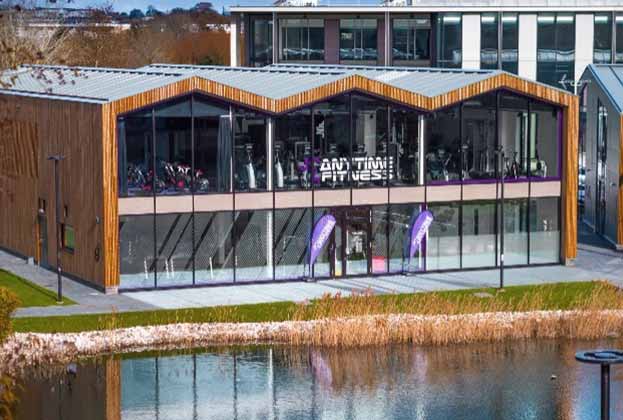So, what’s the outlook for the UK leisure sector?
The latest Oxford Economics forecasts are suggesting real personal disposable income will decline -3.8% year-on-year in Q4 2022, the largest decline since Q3 1994, and is not expected to return to positive territory again until Q3 2023. This would suggest ongoing downward pressure on non-essential spending over this period.
However, an optimistic view would be to look at some parts of the leisure market that could surprise on the upside through the Golden Quarter. Leisure operators could be supported by a relatively uninterrupted winter in terms of Covid restrictions leading to more Christmas parties, festive socialising and inbound tourism flows compared to 2020 and 2021. The first-ever winter FIFA World Cup is also likely to drive up food and drink sales in late November/early December.
Where we are predicting a more meaningful dip in leisure spend is in early 2023, amidst ongoing double-digit inflation and real disposable incomes continuing to decline, coupled with uncertainty lingering regarding what measures might replace the energy price cap from April onwards.
The same uncertainties are facing operators, with leisure tenants particularly exposed to uplifts in energy prices, given the often more intensive energy usage compared to other sectors. UKHospitality’s September survey revealed that over 70% of businesses had experienced energy prices more than double, resulting in average energy costs as a percentage of turnover increasing from 5% to 18% between 2019 and September 2022.
As headwinds continue intensifying, it’s likely to drive up insolvency activity, particularly through early 2023, following a possible short-lived respite during the festive period
Sam Arrowsmith, Director, Commercial Research
The increasing costs of goods is also a cause for concern. Some businesses will be passing the price increase on to the customer, although others will find this difficult whilst maintaining demand in the face of a cost of living crisis, thus potentially hindering operator profit margins.
Operator failures have subsequently begun to creep up again, following a period of a relatively low number of closures. CGA reported that the number of smaller businesses under severe financial pressure is climbing, reporting a net decline in licensed premises of 2.1% between June and September 2022. As headwinds continue intensifying, it’s likely to drive up insolvency activity, particularly through early 2023, following a possible short-lived respite during the festive period.
Despite this, LDC’s latest forecasts are suggesting vacancy across the leisure market is not likely to increase to any significant extent. H1 2022 vacancy rates stood at 10.6% for the UK leisure market, up on the 2019 equivalent of 8.8%, although still below the retail vacancy rate of 15.4%. However, current forecasts suggest leisure vacancy has peaked, with a very marginal 0.3% decline expected over the following 12 months, despite the current challenges facing the sector.

Roxy Ballroom | Roxy Ballroom forms part of a growing industry of entertainment centres featuring a combination of competitive socialising offerings such as bowling, shuffleboard and ping pong. Originating in Leeds, Roxy now has over ten sites across the regions, even as far as Edinburgh. With three sites in Leeds alone, Roxy certainly sees scope for multiple locations in each of the big cities, which will aid their growth of market share. Being a wet-led model, Roxy not only relies on bookings but on passing trade, meaning accessibility and visibility are important. Most recently, Roxy has expanded its portfolio to include a new concept – King Pins. This should open up potential for much greater expansion.
Read the articles within Spotlight: UK Leisure – 2022 below.
.jpg)






